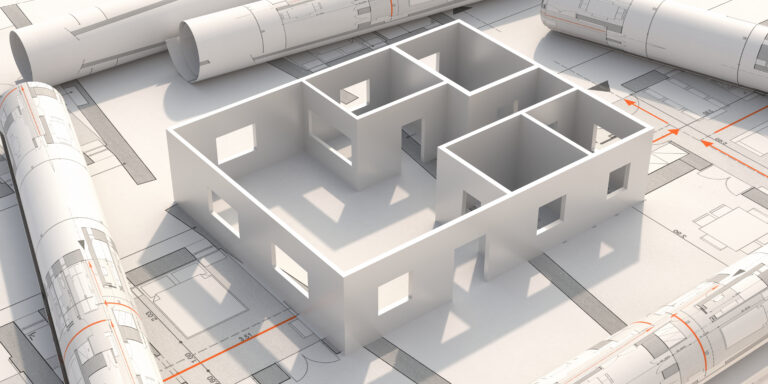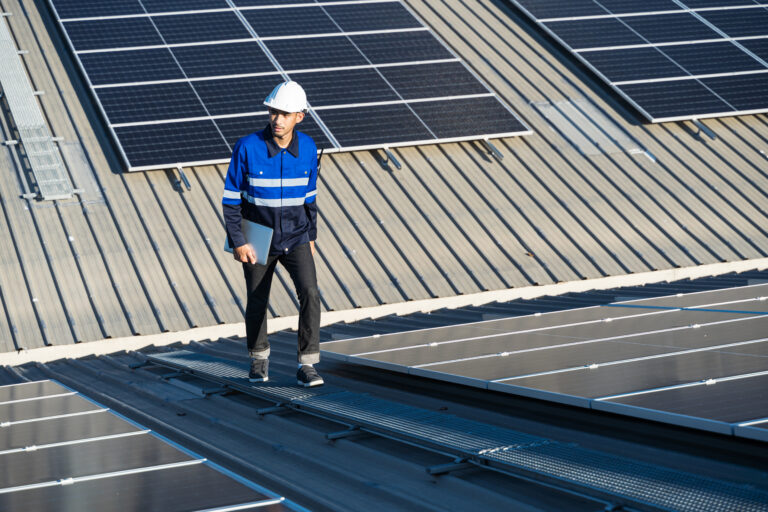Construction is an industry fraught with potential dangers. However, while safety should be a top priority for workers on site and many accidents are preventable, safety violations in the industry are common. A safety violation is the disregard of a workplace safety regulation, standard, or policy, and can involve both violations that take place within an individual workplace, and violations of the industry’s regulatory standards in general. Recognizing safety violations can significantly aid in pre-emptive planning and mitigation efforts; continue reading to learn about five of the most common violations encountered in the construction industry.
1: Lack of Fall Protection
A lack of fall protection on construction sites is a top safety violation. The Canadian Centre for Occupational Health and Safety (CCOHS) advises that any work performed 3 meters (10 feet) or higher must have some form of safety system in place, such as guardrails, arrest systems, or safety nets. Obvious fall hazards are those that can occur from rooftops or between floor joists; other potential fall hazards could include walkways, chutes, and holes such as skylights, wells, pits, and shafts or excavations that may be hidden by obstructions. Also essential is protection from falling objects; workers should wear hard hats if there is a risk of falling debris.
2: Poorly Constructed Scaffolding
Scaffolding is a necessary aspect of almost every construction project, as this is what supports workers and materials during construction. If scaffolding is not properly built and maintained, it presents a critical safety concern. Scaffolding accidents often stem from issues like inadequate planking, platforms that are cluttered with tripping hazards, insufficient guardrails, and comprised suspension ropes. Such oversights increase the risk of structural failure or workers being struck by falling items.
3: Improper Use of Ladders
Ladders are also commonly used during construction, and are a safety concern if used improperly. Incorrect placement on uneven surfaces, absence of secure locking mechanisms, or exceeding weight capacities all significantly elevate the likelihood of accidents. Workers should always exercise precaution when using ladders and ensure strict compliance with manufacturer specifications to mitigate these risks effectively.
4: Inadequate Eye and Face Protection
Protective gear is an indispensable safeguard against potential injuries that could compromise workers’ health and safety. Eye and face protection are particularly crucial for safety during construction work; debris like dust, metal, and wood are produced through many construction processes such as grinding, sawing, hammering, and using power tools, and other risks include chemical substances, hazardous solutions, and hot liquids, to name a few.
5: Lack of Training and Hazard Communication
Central to fostering a safe construction environment is comprehensive training and effective hazard communication. Equipping every team member with the requisite skills and knowledge not only enhances individual safety, but also ensures collective vigilance against potential risks. Adequate training encompasses both job-specific duties and comprehensive familiarity with all safety protocols applicable to the worksite. Further, hazard communication practices ensure that all team members are kept informed of any hazards present at the site before commencing work.
The intrinsic dangers of the construction industry necessitate a commitment to safety across all facets of project execution. By prioritizing compliance with safety standards, fostering a culture of vigilant training and communication, and addressing specific areas of concern like fall protection, scaffolding integrity, ladder usage, and personal protective equipment, it is possible to mitigate risks and cultivate safer construction environments.
Looking for a team to take the lead on your next project? At Pulse Construction, we’re committed to doing business with an honest, professional, and competitive approach – without compromising safety or schedules. Contact us today for all of your building needs.



